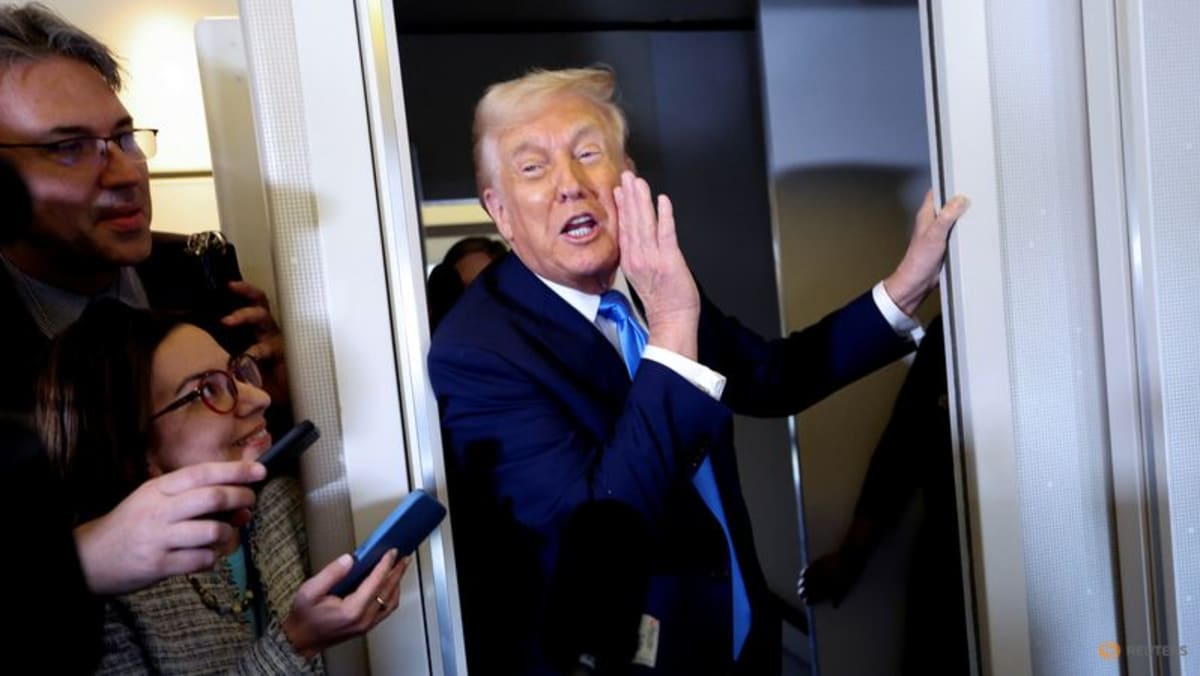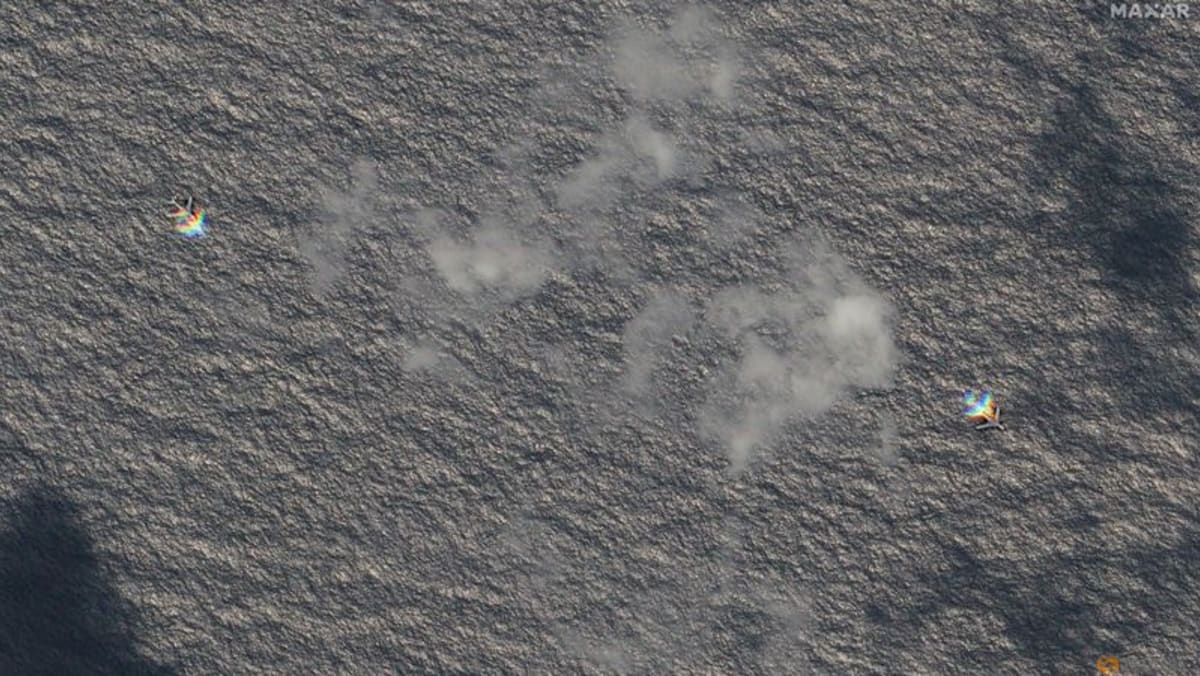Washington says goodbye to pandas amid bitter US-China backdrop

“SOFT POWER”
Pandas Mei Xiang and Tian Tian arrived in Washington in 2000, and have since had four surviving cubs. Xiao Qi Ji (“Little Miracle” in English) was born in 2020 and will also depart by December.
During Xi Jinping’s state visit in 2015, the last by a Chinese leader to the United States, his wife and the US first lady held an official ceremony to unveil the name of panda cub Bei Bei.
Eight years later, with mounting tensions over Taiwan and continuing trade disputes between the two powers, the panda exhibit is about to be closed.
The Chinese government tends to “bestow” pandas on “nations with whom China’s relations are on the upswing, as a form of soft power projection”, said Kurt Tong, a former high-ranking US diplomat and managing partner of the Asia Group consultancy.
“In that respect, given the current tenor of US-China relations it is not surprising that Chinese authorities are allowing panda contracts with US zoos to expire,” Tong said in an email to AFP.
He noted that the loans also help China “augment the panda conservation budget”.
The Smithsonian pays US$500,000 annually to its Chinese conservation group partner, the zoo said.
The pandas’ departure “closes a major chapter of an international animal care and conservation success story”, the zoo said in a statement, adding that it “remains committed to continuing its efforts to secure and safeguard a healthy future for giant pandas”.
One attendee saying her goodbyes at the zoo highlighted successful efforts to grow the wild population of pandas.
“We’ve come a long way in getting the numbers back up,” said Michaela from Maryland, who had her face painted like a panda. The species remains listed as vulnerable.
As the rain let up, a steady stream of visitors began filling the area around the panda’s outdoor enclosure.
Known for being a bit sluggish, the panda made repeated laps around the acre-sized plot, climbing up and down the hills – making sure everyone got one good, final snapshot.
Source: CNA















